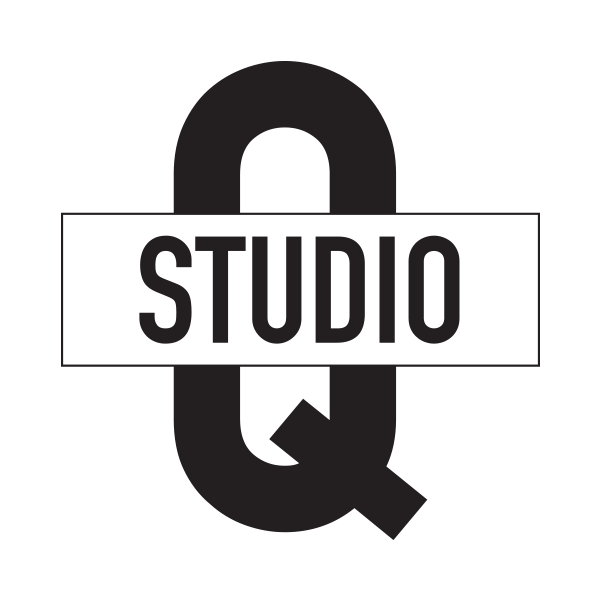PIGMENT PRINTS
Over the past couple of years, I’ve talked a lot about making Rawlins Oil Prints. And specifically, Oil Prints on glass. You can visit my YouTube channel and watch me make both paper prints and glass prints. And now that I have a couple of good collodion dry plate negatives, I’m getting set up to run some Oil Prints.
My interest is two-fold; first, I want to have some ability to manipulate the image. Not only color but what you want to emphasize or not. This process allows you to do that. Secondly, I have the ability to create “color” images. I don’t mean RGB color images, I mean I can apply different colors of ink to the print. I prefer Senefelder's Crayon Black (1803) and Black lithographic ink.
This is how it works: Apply an 8% solution of gelatin onto a good paper. I use Photo Bloom 250, but you can use regular Knox plain gelatin from the grocery store. I like several papers; Hahnemühle Platinum Rag, Arches Platine, and Revere Platinum. I’ve also used Yupo paper. It’s a “plastic” paper that works well and clears fast, but I’m not a big fan of plastic photographs.
After the gelatin is dry, apply a 10% dichromate/acetone (or alcohol) mixture. This is what sensitizes the gelatin. Allow the sensitizer to dry and the paper is ready for the negative and for the exposure. What happens is when the strong UV light hits the gelatin where the shadow areas are, it hardens the gelatin. The highlights are basically unexposed and the gelatin remains.
After exposure, wash the dichromate from the gelatin. This takes about 20 minutes. The gelatin will clear and it will swell, too. This is called a matrix. The swollen gelatin refers to the highlights in the image and the non-swollen, or hardened gelatin refers to the shadow areas.
Time to “ink-up” the print. With the matrix swollen, use any lithographic ink and slowly apply it to the print. It will ink the shadow areas and the swollen gelatin in the highlights will resist the ink. This is where it gets its name, “Oil Printing” like oil and water - resistance. The highlights stay “paperwhite” and the shadows are full of ink.
There are a lot more subtleties to inking up and it takes practice and time. The ability to make really fine, exquisite prints is very achievable. They are very painterly and would fall into the category of Pictorialism. This is an aesthetic that I’m very interested in applying to this work. Stay tuned!




















